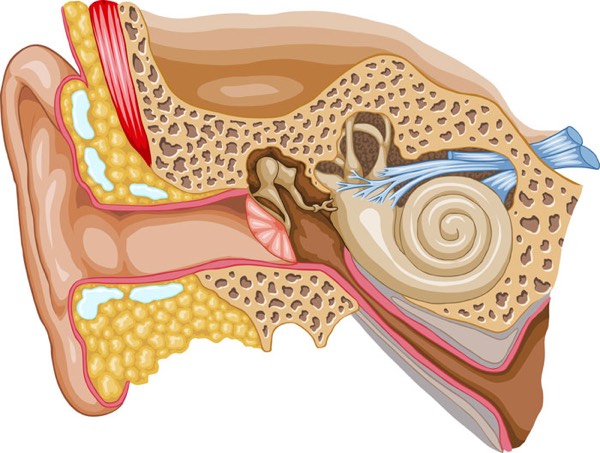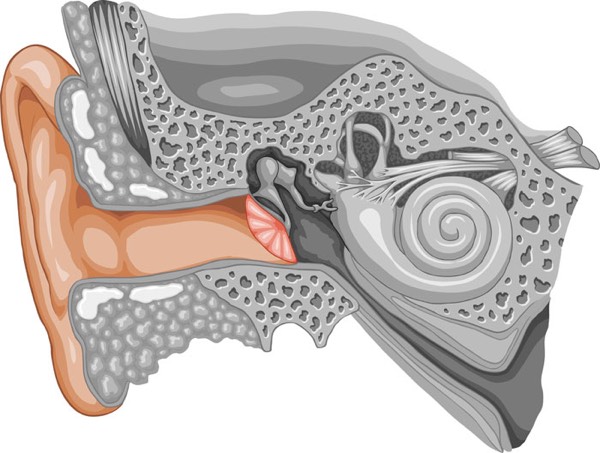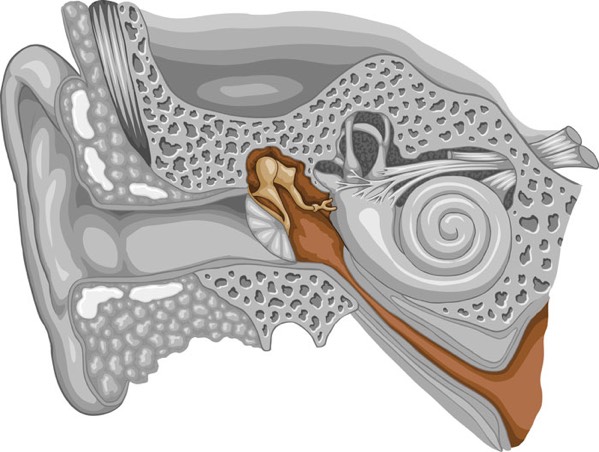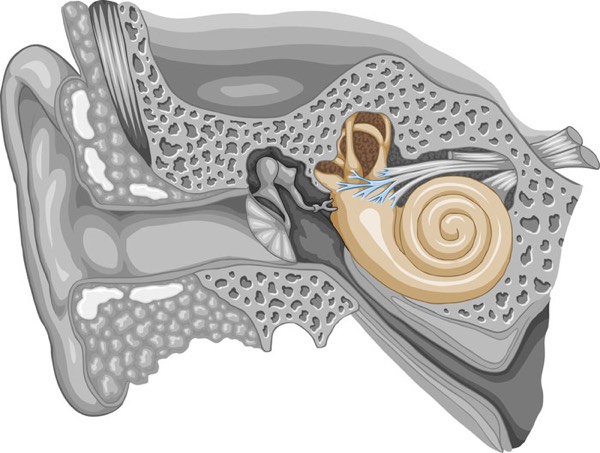The human ear is extremely complicated and is commonly considered to be the most complex of the human senses. The ear’s main purpose is to transform sound waves from the air into an electrical signal that can be interpreted by the brain. The human ear can perceive a broad range of tones and loudness levels, can help you determine the direction from which a sound came, and can pick out the voice you want to hear from all of the background sounds. There are several ear diseases and ear related disorders that can affect the major divisions of the ear: the external ear, the middle ear, the inner ear, and the brain.
The House Clinic physicians are neurotologists, experts in the care of the ear, hearing, and balance. In addition, neurotologists are expert in the care of skull base diseases, a number of conditions involving the complex anatomy of the brain, cranial nerves, blood vessels, and ear and hearing structures at the junction of the base of the head and the neck.
Acoustic neuroma, hearing loss, tinnitus, chronic ear infections, congenital disorders, facial nerve disorders, neurofibromatosis type 2, and skull base tumors are some of the conditions that can affect the ear. Choose a category from the menu to the left to learn more about a particular ear disease.
Ear Overview
The ear consists of three sections and each plays an important role in hearing.
The outer ear is called the auricle or pinna. It is the external portion visible to others and is responsible for collecting sound waves and funneling them into the ear canal. There, they are amplified and sent to the eardrum, causing it to vibrate.
The middle ear consists of the auditory canal and tympanic membrane. When the eardrum vibrates, it stimulates movement of the ossicles, a trio of tiny bones.
The inner ear contains the cochlea, a fluid-filled structure where vibrations transmitted from the eardrum cause hair cells to move. This movement is converted to electrical impulses that traverse up the auditory nerve to the brain. There, the brain interprets the electrical impulses as sound and the hearing process is complete.





When Should You Seek Treatment?
Acoustic Neuromas
A benign tumor of the cranial nerve that connects the inner ear and the brain is known as an acoustic neuroma. While they are noncancerous, they can affect both hearing and balance, and may cause hearing loss, tinnitus and dizziness.
Cholesteatoma
While a cholesteatoma starts as a small cyst in the middle ear, this abnormal skin growth can increase in size and destroy the small bones of the middle ear. This can lead to hearing loss, facial paralysis and even a brain abscess.
Ear Infection
Ear infections occur in the middle ear when fluid becomes trapped following a viral or bacterial infection. The signs of an ear infection are pain and pressure in the ear, fluid drainage, a low-grade fever and hearing loss.